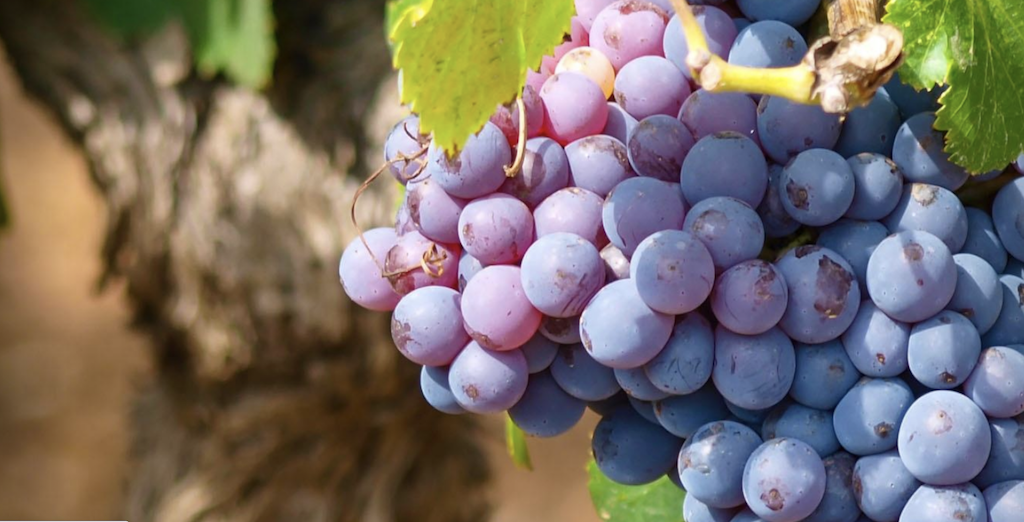The After-Harvest Process for Zinfandel: From Vineyard to Barrel
The magic of Zinfandel begins in the vineyard, but it’s what happens after the grapes are harvested that defines the rich, bold characteristics that lovers of this varietal crave. The after-harvest process for Zinfandel is an intricate journey from grape to barrel, and each step plays a crucial role in shaping the wine’s final expression.
Step 1: Quick Transport to the Winery
Once the Zinfandel grapes are plucked from the vine, speed is of the essence. The freshly harvested fruit must be transported to the winery as quickly as possible to avoid any spoilage or oxidation that can affect quality. This swift movement ensures the grapes arrive in peak condition, preserving the essence of the terroir and the bright fruit flavors that Zinfandel is known for.
Step 2: Sorting and Selection
At the winery, the grapes are meticulously sorted. This is where the winemaker’s careful eye comes into play. Damaged, under-ripe, or undesirable fruit is removed, leaving only the best berries for processing. The quality of Zinfandel, like all wines, starts with the grapes themselves, and this selection process ensures that only the top-tier fruit makes it to the next phase.
Step 3: Crushing and Destemming
Once sorted, the grapes move to the crusher and de-stemmer. This is a critical moment in the winemaking process, where the berries are gently broken to release the juice while simultaneously separating the stems. In Zinfandel winemaking, this step is especially vital as the contact between the juice and skins during fermentation gives the wine its deep color and distinctive boldness.
Step 4: Fermentation and Skin Contact
Fermentation is where science and art converge. The freshly crushed Zinfandel grapes are transferred to fermentation tanks, where yeast is introduced. This yeast begins to convert the grape sugars into alcohol, which is the heart of winemaking. For Zinfandel, this fermentation process can last up to two weeks. During this time, winemakers perform regular “punch downs”—mixing the skins and juice to encourage maximum flavor, tannin, and color extraction. The longer the skins remain in contact with the juice, the more robust and complex the wine will be.
Step 5: Pressing the Wine
Once fermentation is complete, it’s time to press the wine. This is where the juice is separated from the grape skins. Zinfandel’s deep color and structure are already in place at this stage, and the pressed wine now takes on a tannic, full-bodied profile that will continue to evolve.
Step 6: Aging in Oak Barrels
With fermentation behind it, the wine enters one of its most transformative phases: aging. The newly fermented Zinfandel is transferred into oak barrels, where it will spend anywhere from six months to over a year, depending on the winemaker’s vision. Oak imparts an extra layer of complexity to Zinfandel, introducing warm notes of vanilla, spice, and even chocolate to complement the wine’s inherent fruitiness. French or American oak barrels each bring their own unique characteristics to the table, influencing the wine’s final flavor profile.
The Wait for Perfection
After aging in oak, the wine is bottled and then stored until it’s deemed ready to be released. This final maturation in the bottle allows Zinfandel to integrate its flavors fully, becoming the bold, vibrant wine that so many know and love.
From vineyard to barrel, every step in the after-harvest process contributes to creating the quintessential Zinfandel experience. By the time it’s ready to pour, Zinfandel has undergone a transformation that showcases the best of California’s terroir and the skilled hands that craft it.
